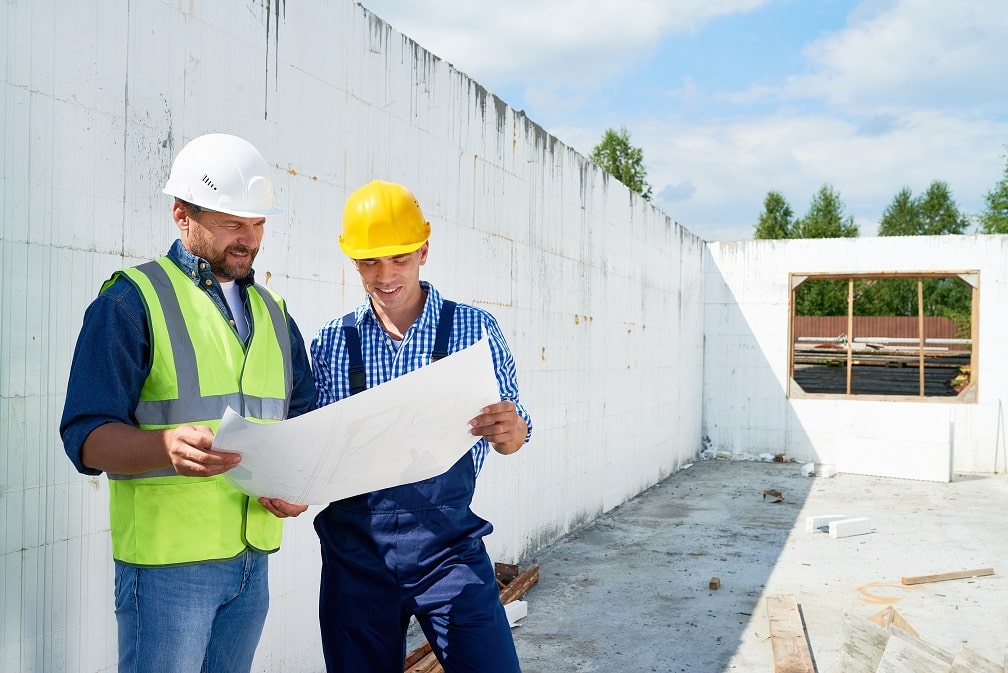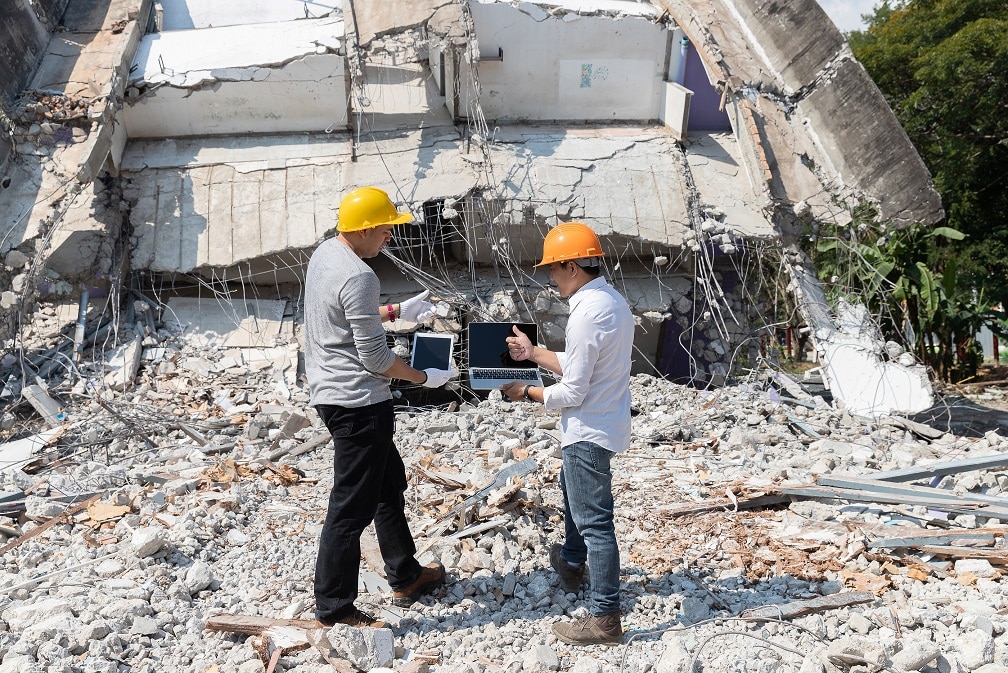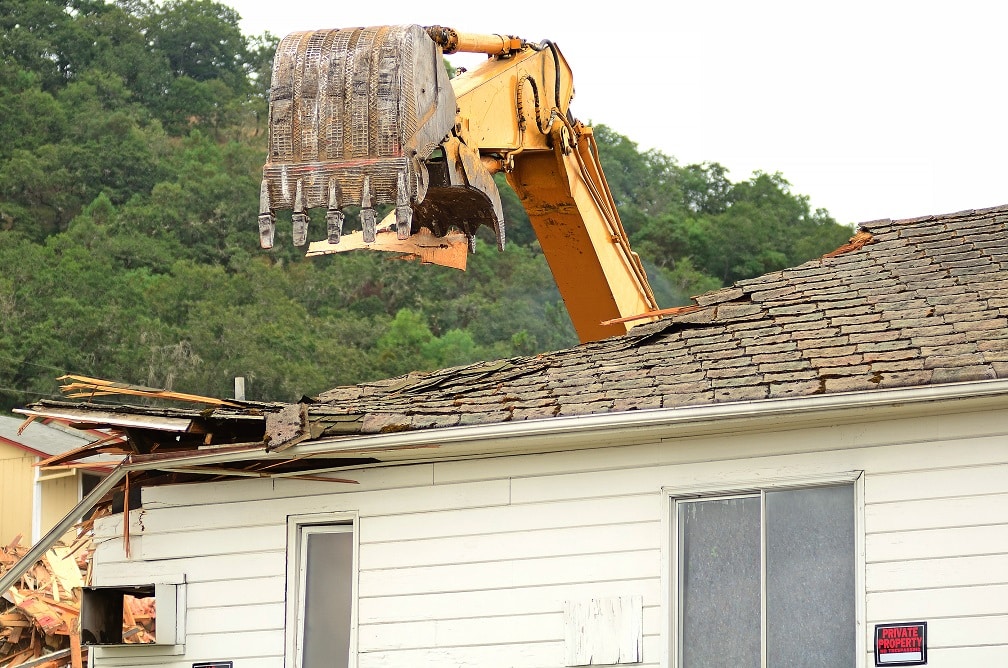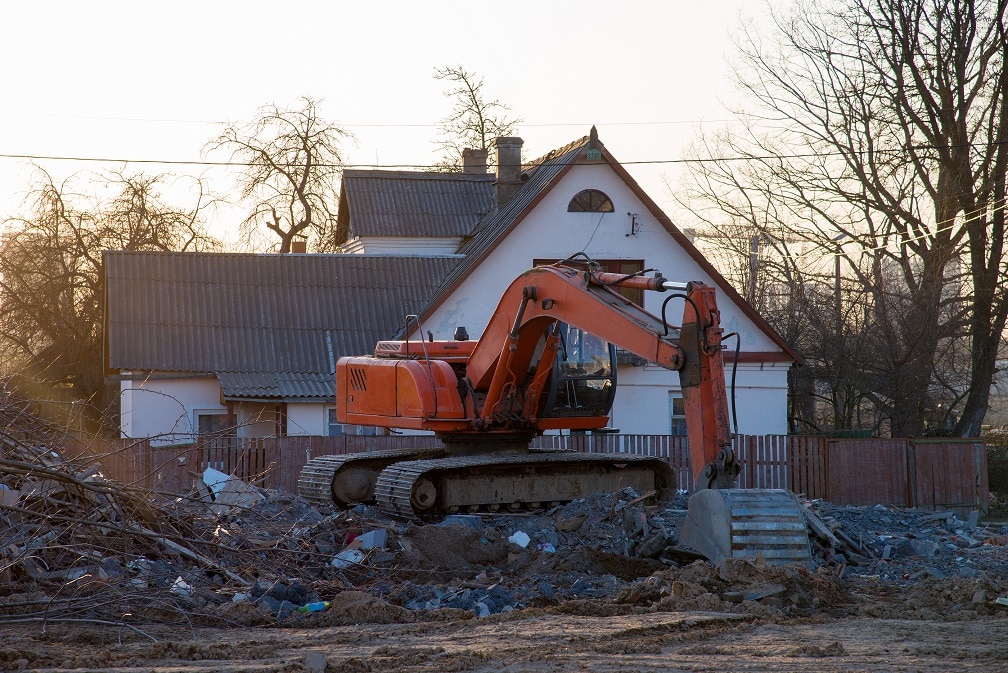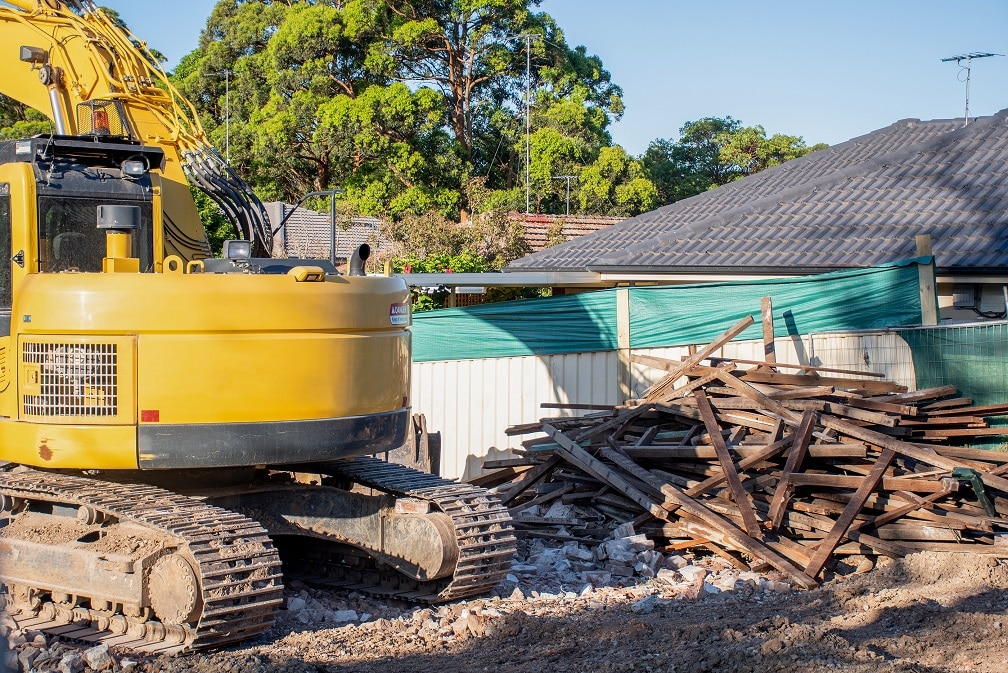Contrary to popular belief, the demolition process is not as straightforward as it seems. While most people assume that it is just a simplistic exercise of tearing down a building or structure, the demolition process is more intricate. Most buildings built till the 1970s were made of asbestos, a material that has been proved to be carcinogenic when disturbed. Meaning that a random demolition of such a building will cause undesired side effects to residents within the vicinity.
Apart from asbestos, other harmful materials used in building construction may be released into the air. Some of these toxic substances include; contaminated containers, varnish, mercury, resins, treated wood, lead-based paint, adhesives, and Caulk. Demolition contractors are legally obligated to follow state and local governments’ restrictions for any demolition, hence the need for a demolition plan.
Requirements of a Demolition Plan
By definition, a demolition plan is a document that entails the entire strategic steps to be followed by demolition contractors to ensure that the building or structure being brought down does not harm the environment and people living nearby. It is a document that proves a demolisher has followed the correct protocol to ensure the entire process’s safety.
The nature of demolition plans’ requirements depends on the legal restrictions of the local or state in context. Government and states may have their own demolition plan requirements depending on specific case or scenario. Good examples are the size of the population within an area and the nature of building materials used for construction, among other factors.
However, some basic underlying requirements are similar to most demolition plans.
1. Precise Demolition Details
An appropriate demolition plan should represent the actual design of an area with a high level of accuracy. The scale used should be reasonable and accurate since reduced copies are unacceptable. Moreover, a demolition plan should illustrate the correct topographical display of the area under demolition, nearby structures, and drainage patterns.
2. Correct Labeling
The demolition plan of any site should label the nearby structures and their respective metric dimensions. It should not have a single omission. Moreover, information about nearby buildings and structures should include their finish grade elevation and top-level foundation.
3. Preview after Demolition
A demolition plan shall indicate the proposed view of a site assuming it was to be reinstated to a vacant portion without a depression region where the building’s basement to be demolished was located.
4. Environmental Impact
A good plan should show how the surrounding environment will be affected by the demolition of a particular building or structure. It should show that the contractors involved liaised with both the water and sanitation services and the proposed tree preservation plan.
Conclusion
There are many reasons why buildings are demolished every passing day, the most prevalent demolition for reconstruction. Whatever your reason may be, it is imperative to ensure the entire process is done according to the legal requirements put in place by your national or local government. The requirements mentioned above are just the tip of the iceberg to give you a general idea. Find out more details from your state or local municipal government.

